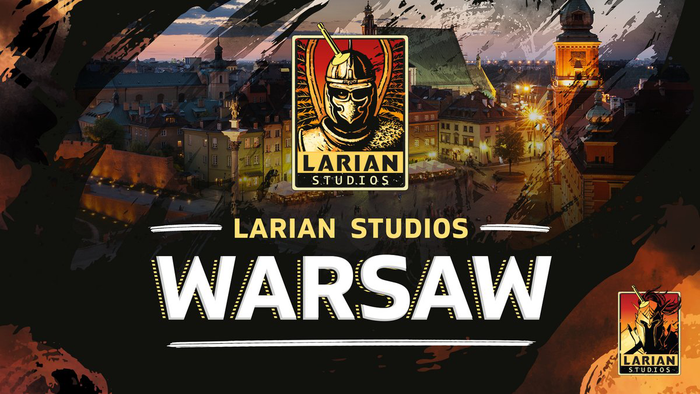Watch the original devs share tales of Crash Bandicoot's creation
Key members of the original dev team sat down at E3 this to dive into the origins of Crash Bandicoot and ended up unearthing some interesting tidbits about the game's development in the process.

Key members of the original development team sat down with Geoff Keighley at E3 this past week to dive into the origins of Crash Bandicoot and ended up unearthing some interesting tidbits about the game’s development in the process.
One of the more interesting stories told shared how many iconic parts of the game, from Crash’s emotive animations to the smashable boxes that populate every level, came to be thanks in part to the limited development resources available to game makers of the time.
Early on, limits on how many polygons could be on screen at once led to initially empty levels. The team could only have so many enemies on screen at a time, so players were left with large, dull gaps between action.
Days before the game’s E3 premiere, the team came up with the idea to scatter boxes that used only 12 polygons throughout the levels to break up the space between enemies without using too many resources.
Polygon limits were something the team had to contend with throughout development, partly because, as Naughty Dog co-founder Andy Gavin noted, Crash’s model itself used nearly a third of the game's polygon allotment.
“That whole pesky polygon limit was a huge problem,” notes the game's art director, Bob Rafei. “To do organic animation with every vertice having deformation to it was something incredibly special.”
“Everyone else was using bone animations, so everything was very strict and the face would be ice. It wouldn’t move at all because you had to have a bone to get it to smile, a bone to move the nose, a bone to move the ears,” explained Naughty Dog co-founder Jason Rubin. “The processor just couldn’t handle too many bones. But by storing vertices we had complete control over the character. We used bones to animate it on the computer but then baked out the vertices. Very quickly we started animating by just grabbing the vertices and moving them around. That's where all the death animations came from.”
“I could do any magic I could do with the vertices in every frame, and that allowed us to do things…that no one had really done before.”
If you’re at all interested in the story of how a team of nine helped an orange, jort-wearing bandicoot became the flagship character for Sony’s first major console, be sure to check out the full on-stage interview.
Read more about:
event e3About the Author(s)
You May Also Like













